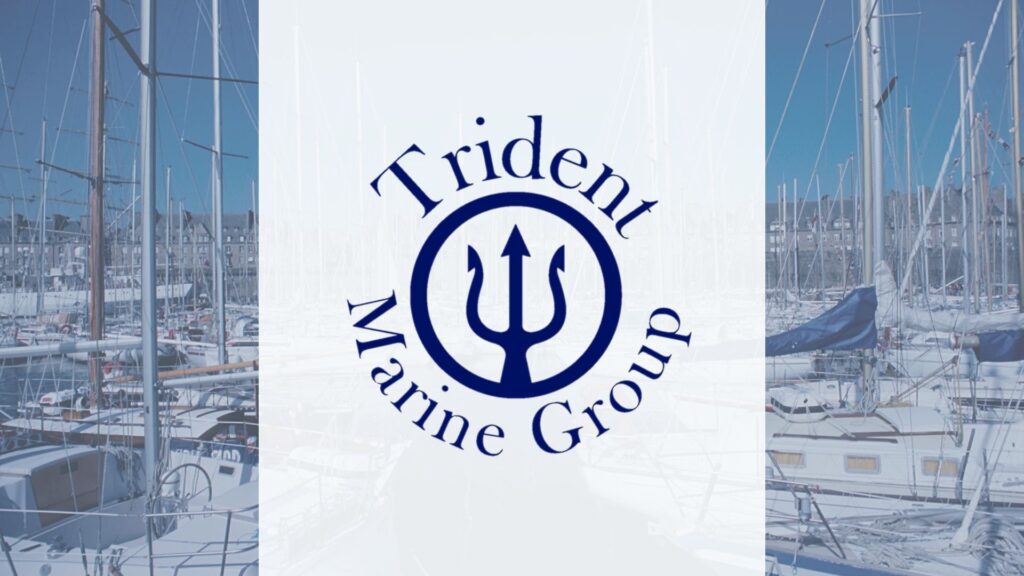We all know that I spend a lot of time on the docks. In my free time, I sit in meetings with our financial team and work with our clients to ensure their books are as clean and “tight” as the docks.
Marina operations have more moving parts than outsiders give it credit for, and the financial side can unfortunately too often get pushed behind whatever is happening on the docks that day. But the reality is, small changes in how you track, collect, and watch your finances can have a significant impact on how you finish the season. Three in particular are worth putting on your short list: tightening up your chart of accounts, automating reminders for receivables, and setting expense alerts.
A chart of accounts that’s built for a marina, not one pulled from a template, or AI-generated, is one of the simplest fixes you can make. Break out revenue so you can see exactly what’s generated from wet slips, dry storage, fuel sales, service, pump-outs, and retail. Do the same with expenses so you can track dock repairs, utilities, seasonal labor, marketing, and insurance separately. This process isn’t about creating more paperwork; it’s about giving yourself and your team a clear picture of which parts of the business are paying for themselves, which are covering more than their share, and which may be falling behind. When you can see in real time that fuel margins are stable or that haul-out revenue isn’t keeping pace with the cost of lift maintenance, you can make adjustments before it becomes a season-end surprise.
On the receivables side, it’s easy to let late payments slide, especially if it’s a long-time slip holder or service customer. But every late payment slows your cash flow and forces you to carry costs longer than you should. Most marina management and accounting systems now make it simple to set up automated reminders, friendly nudges that go out before a payment is due, and follow up again if it’s late. They work in the background, keeping things professional and on brand, while freeing up your staff from chasing payments. Over time, you’ll see fewer past-due balances and a more predictable cash position, which is crucial during the slower months when you’re planning maintenance, ordering parts, or covering payroll.
The third tweak is one many operators don’t think about until it’s too late: expense flags. These are simple alerts that tell you when something looks out of the ordinary. If your dock electric bill suddenly comes in significantly above the same month last year, that would be an indication of a piece of equipment drawing too much power, or the ever-occurring spikes in water bills, showing that you have a leak somewhere unbeknownst to your ever attentive team. If a vendor bill comes in noticeably higher. Establishing expense flags would enable you to proactively address the issue, rather than paying the increase for months before it becomes apparent during a budget review. Marinas operate on tight margins, and catching even a handful of these issues early can mean the difference between hitting your targets and explaining to ownership why net income came in short.
None of these changes requires an overhaul to your accounting system or a significant investment. They’re small, practical adjustments that keep you better connected to the numbers that matter. And when you’re making decisions with clear, current information, it’s a lot easier to keep the business steady and the customers happy.
As always, if you have small ideas like these that you follow, please share them so we can all work towards a successful season ahead. If you have any questions about these or other concepts from the TMG Blogs, let’s set a time for a quick call. We are happy to listen and provide input and feedback.

